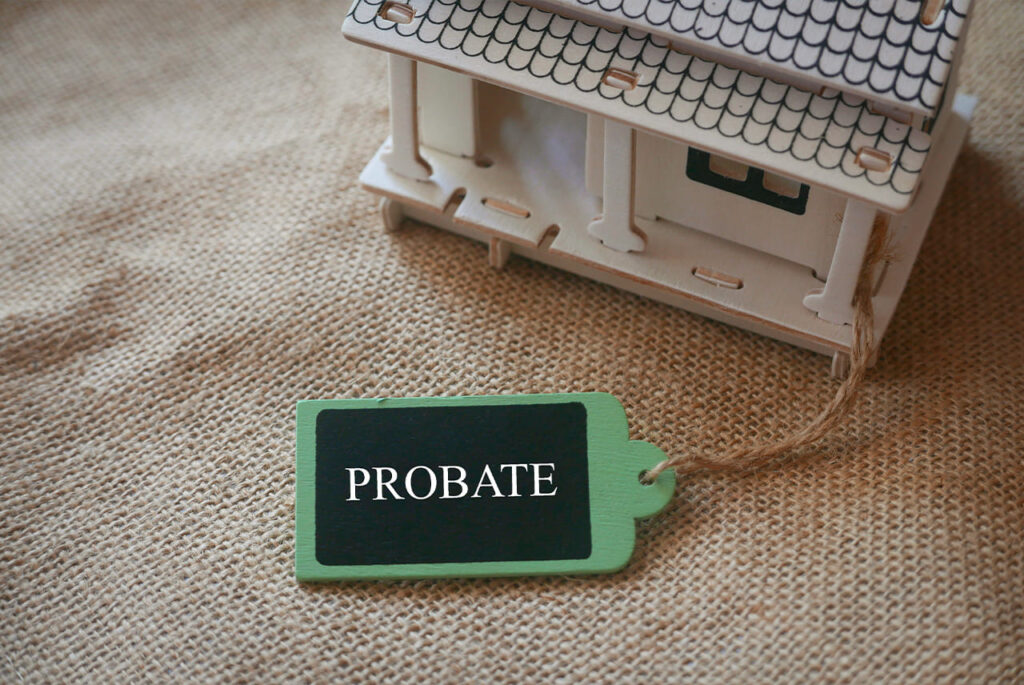A trust is a legal arrangement where a person, known as the grantor or settlor, transfers assets such as property, investments, or cash to a trustee. The trustee holds and manages these assets for the benefit of designated beneficiaries according to the terms outlined in the trust agreement.

1. The Grantor/Settlor:
– The grantor, also referred to as the settlor or trustor, is the individual who creates the trust and transfers assets into it.
– In the context of a trust holding a house or apartment with a life estate reservation, the grantor retains the right to live in the property for the duration of their life, known as a life estate. Upon the grantor’s death, ownership of the property passes to the beneficiaries designated in the trust.
2. The Trustee:
– The trustee is the individual or entity responsible for managing the trust assets and ensuring that the terms of the trust are carried out according to the grantor’s instructions.
– The trustee has a fiduciary duty to act in the best interests of the beneficiaries and must adhere to the trust agreement’s provisions.
– In the case of a trust holding real estate with a life estate, the trustee may also be responsible for maintaining the property, paying property taxes and insurance, and ensuring that the grantor’s rights as a life tenant are respected.
3. The Beneficiaries:
– Beneficiaries are the individuals or entities designated to receive the benefits of the trust, such as income, distributions, or use of trust assets.
– Beneficiaries may include the grantor, family members, charities, or other entities chosen by the grantor.
– In the context of a trust holding real estate with a life estate, the beneficiaries typically inherit ownership of the property upon the grantor’s death or at another specified time according to the terms of the trust.
Relationships Among the Parties
– The grantor establishes the trust and determines its terms, including who will serve as trustee, who the beneficiaries are, and how the trust assets will be distributed.
– The trustee manages the trust assets and administers the trust according to the grantor’s instructions, acting in the best interests of the beneficiaries.
– The beneficiaries are entitled to the benefits of the trust as specified in the trust agreement, and the trustee has a duty to act in their best interests.
Trusts Holding Houses and Apartments with Life Estates
– In trusts holding real estate with a life estate, the grantor retains the right to live in the property for their lifetime while also designating beneficiaries to inherit the property upon their death.
– The trustee is responsible for managing the property during the grantor’s lifetime, ensuring that it is maintained and that the grantor’s rights as a life tenant are respected.
– Upon the grantor’s death, the trustee oversees the transfer of ownership of the property to the designated beneficiaries, according to the terms of the trust.
In summary, a trust is a legal arrangement that involves the grantor transferring assets to a trustee for the benefit of designated beneficiaries. In trusts holding real estate with life estates, the grantor retains the right to live in the property while also designating beneficiaries to inherit it upon their death. The trustee manages the trust assets and administers the trust according to the grantor’s instructions, acting in the best interests of the beneficiaries.
Call us if you have any further questions or need a trusts to hold your property.


